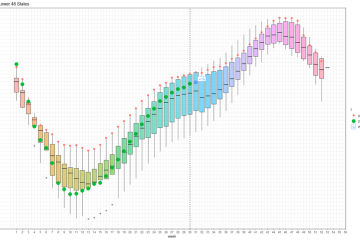Understanding the Typhoon Family and Its Impact

Introduction to Typhoon Family
Typhoons are one of nature’s most powerful forces, significantly impacting communities, economies, and ecosystems across Asia. The formation and destruction caused by typhoons, along with the families affected, makes it essential for both individuals and governments to understand their implications. By studying the Typhoon Family, we can better prepare for their effects and build resilience within vulnerable populations.
The Nature of Typhoons
In meteorological terms, a typhoon is a mature tropical cyclone that occurs in the western Pacific region. Similar in nature to hurricanes and cyclones, typhoons are characterized by strong winds, heavy rainfall, and the potential for flooding and landslides. According to the Japan Meteorological Agency, typhoons typically peak between July and October each year, leading to widespread devastation in several countries.
Recent Events
Recently, Typhoon Talas struck southern Japan, causing severe flooding and affecting thousands of families. The government reported that hundreds were evacuated as rivers swelled past their banks. Weather agencies warned of potential landslides, resulting in continuous efforts from local authorities and professionals to manage the crisis and provide support for affected families.
Graphs from the Meteorological Agency indicate a troubling trend: the increasing frequency and intensity of typhoons due to climate change. A study released in 2022 showed that warmer ocean temperatures contribute to more vigorous typhoon activity, leading to heightened risks for coastal communities.
Impact on Families
The immediate effects on families caught in the path of Typhoons are devastating. Homes can be destroyed, belongings swept away, and access to essential services interrupted. Recovery is often prolonged, putting additional strain on mental health and socioeconomic stability. A survey conducted by the Disaster Emergency Committee highlighted that families often face a loss of income, resulting in long-term financial difficulties.
Conclusion and Future Preparedness
Understanding the Typhoon Family and its consequences is crucial for future preparedness. As the frequency of these weather events increases, so does the importance of robust emergency measures and resilient infrastructure. Measures ranging from improved building codes to community education on disaster response must be prioritized. In conclusion, as people continue to live in typhoon-prone areas, fostering resilience and preparedness will be vital for safeguarding families and ensuring their livelihoods.









